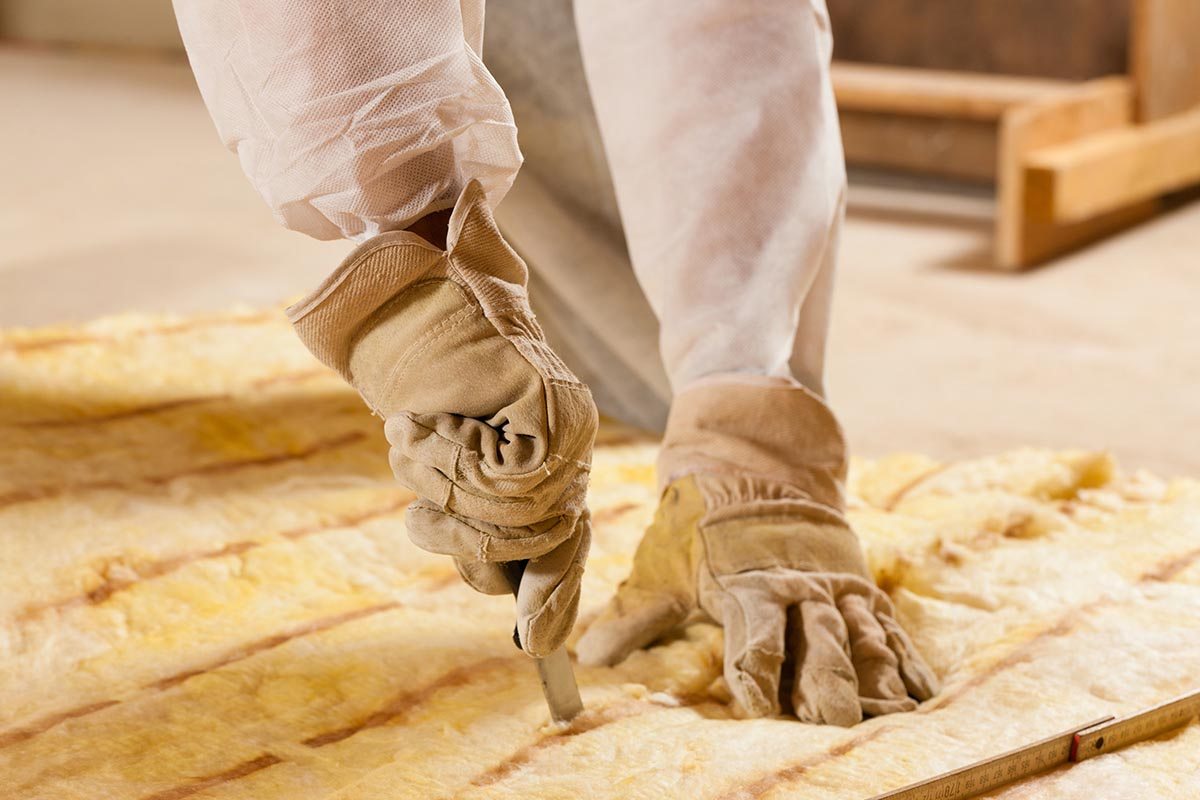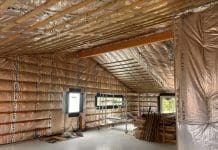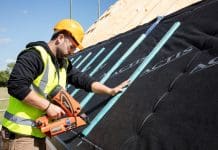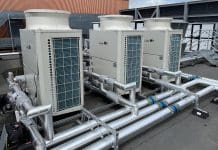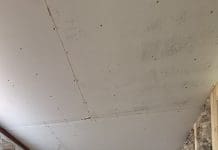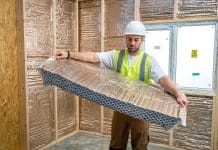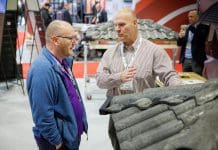Tony Millichap, Technical Manager at Kingspan Insulation Ltd discusses the significance of insulating school buildings in line with building regulations.
With pupil numbers on the rise, many schools are left with the difficult choice of remaining in overcrowded buildings, or expanding over what limited playground or playing fields are available. One increasingly common solution is to construct multi-storey extensions where the top floor classrooms are off-set, allowing rooftop ‘play-decks’ to be created. Whilst the space saving benefits of these areas are clear, the challenge when designing them is to ensure the rooms below are well insulated, whilst also avoiding a step-up between the interior and exterior which may affect access for disabled pupils or staff, and presents a trip hazard, particularly for primary age children.
Staying Accessible
With features such as rooftop ‘play-decks’ or terraces, the options are to insulate either above or below the deck. Insulating above could create a significant step
up from the room inside, and could be in contravention of Part M of the Building Regulations governing access to and use of buildings. Approved Document M (ADM) states that:
“People, regardless of disability, age or gender, should be able to……gain access to buildings and to gain access within buildings and use their facilities, both as visitors and as people who live or work in them” 1
This could present a problem, and could lead to poor insulation being installed in order to meet the requirements of ADM, but at the same time failing to meet the requirements of Approved Documents L (ADL).
Looking Good
Quite apart from the question of ease of access, having a significant difference in level between a room and the terrace area could spoil the aesthetics of the design, with a clumsy step instead of an unobtrusive, low threshold to keep the lines clean and uncluttered.
The alternative route, of insulating underneath the roof or balcony deck, could have a similar effect on the internal appearance of the construction, resulting in a lower ceiling in the room below, with subsequent loss of headroom and feeling of space, as well as unsightly discrepancies in room height.
Insulating below the deck also does not adequately solve the issue as, unless a thicker layer of insulation is also applied above, it can lead to problems of interstitial condensation, which in turn could lead to mould growth, damage to the fabric of the building and an unhealthy environment for the occupants.
U-Values
As the requirement for better U-values has increased, the thickness of insulation needed to meet those requirements has increased too, further exacerbating the issues described. Even using high performance insulation products will have an impact on the levels involved, and worse performing materials far more so.
At the same time, it is absolutely crucial that buildings are built or refurbished to achieve the best thermal performance that they reasonably can, not just in order to comply with the latest Approved Document L, but also because of the pressing need to address both climate change and the effects of rapidly rising energy bills.
VIPs
One very effective solution to the problem is to install Vacuum Insulated Panels (VIPs) above the deck, a solution which has become increasingly popular on the Continent, in particular in Germany, Switzerland and Scandinavia. VIPs are ideal for applications where a lack of construction depth or space is an issue. The minimal thickness of the insulation allows consistency of ceiling height and avoids the necessity of a step between the terrace and the room.
With an aged thermal conductivity as low as 0.007 W/m·K, VIPs can offer optimum thermal performance, at a fraction of the thickness required for other commonly available insulation materials. This can ensure that thresholds remain manageable from both a design and an accessibility point of view. Installing VIPs with LABC Registered Details can also help to streamline the Building Control checking and approval stage, generating time and cost savings.
Case Study
The construction of a new development within its catchment, led to CaldmoreCommunityPrimary School’s intake of new pupils rapidly increasing. To accommodate the pupils, Walsall Council’s architects designed a new two storey extension with the first storey rooms opening out onto a ‘play-deck’ which sits on the roof of the lower level rooms.
To minimise heatloss and ensure a smooth transition from the classrooms to the concrete play-deck, 30mm VIPs were installed above an extruded polystyrene tapered insulation system. This layer of tapered insulation ensures effective drainage of surface water which filters through a porous rubber play surfacing. The build-up delivers outstanding thermal performance with a final U-value of just 0.16 W/m².K.
VIPs Away
Compromise has become an all too familiar part of how problem areas such as rooftop areas are dealt with, whether they be ‘play decks’ or terraces. VIPs offer a solution which ticks all the boxes and can allow the most challenging levels of thermal performance to be achieved with a minimal build-up.
1 Approved Document M: Access to and use of buildings, 2004 editionincorporating 2010 and 2013 amendments, p11.www.planningportal.gov.uk/uploads/br/BR_PDF_AD_M_2013.pdf
Tony Millichap
Technical Manager
Kingspan Insulation Limited
Tel: +44 (0) 1544 388 601


